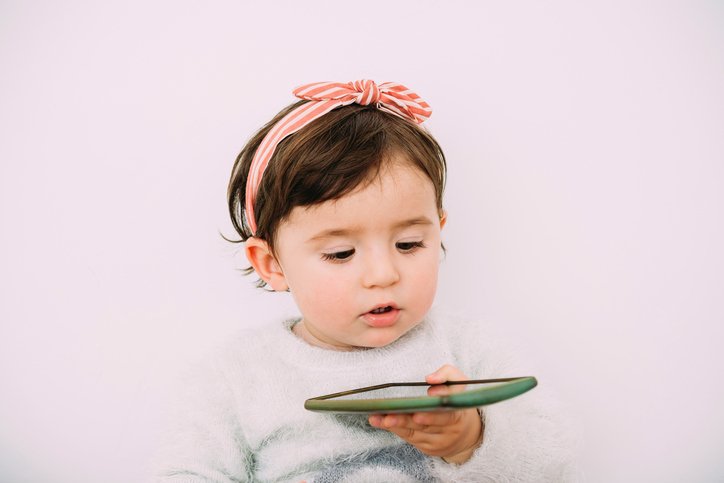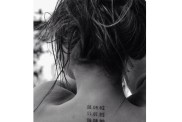When a newborn first enters the world, vision is fuzzy at best. During the first six months of life, your baby will begin to see with increasing depth and clarity. As color begins to emerge for your baby, she will begin to see the world in a whole new light.
Newborn vision sharpens gradually over the first few years of life. Like many other areas of growth and development, vision development is a process that requires a lot of work.
When do babies begin to see?
Babies aren’t born knowing how to see. Seeing takes time and practice. In essence, your baby has to work at it. In the first week after birth, and for up to the first three months, babies can only see objects that are 10-12 inches from their faces. That’s about the distance a caregiver holds an infant during feedings, and this helps promote early bonding.
By about three weeks of age, your newborn will begin to hold her gaze for about ten seconds. This might not sound like much, but it requires a lot of hard work from your infant! Wandering gaze or eyes that appear as if they’re not working together are not a cause for concern during this stage of development. It’s fairly common for newborns to have a wandering gaze for up to four months or crossed eyes during the first two months.
As your baby’s vision strengthens, she’ll be able to focus for longer periods and see objects further away. By three months, you’ll likely notice your baby tracking you with her eyes. By three months, she’ll start lifting her head and attempting to grasp the objects she sees.
When do babies see color?
Babies begin to see color and experience improved depth perception between four and six months. At this point, both of your baby’s eyes are working together to process information. You’re likely to notice that both eyes are looking in the same direction.
Your baby’s vision will continue to develop in terms of visual acuity, depth, and color between seven and nine months, and many babies begin to see clearly by ten to twelve months.
When to seek an evaluation:
Your child’s pediatrician will check her eyes at well child visits. If you have any questions or concerns, this is a great time to seek help. If you notice any of these concerns once your baby is older than three months, check with your pediatrician:
• Difficulty locking gaze
• Eyes don’t move together, specifically eyes turning inward or outward
• Unusual head tilt
It’s important to note that the critical period of vision development occurs between birth and age ten. Though babies see with more clarity at one year than they do in the first few months, they still have a lot of vision development ahead of them.
Seek an evaluation from a pediatric ophthalmologist between the ages of three and five if your child was born prematurely or if you have a family history of pediatric vision problems. This is a good idea even if the pediatrician doesn’t pick up on any vision issues, as it’s important to make sure that your child’s eyesight is healthy.
photo via Getty








